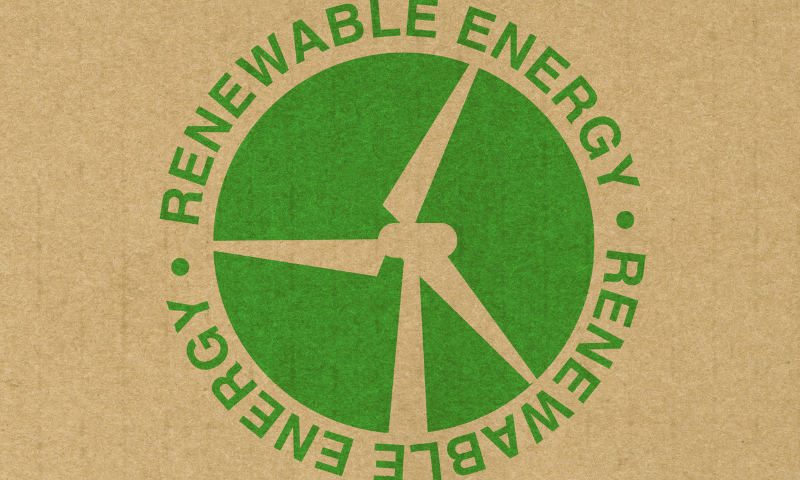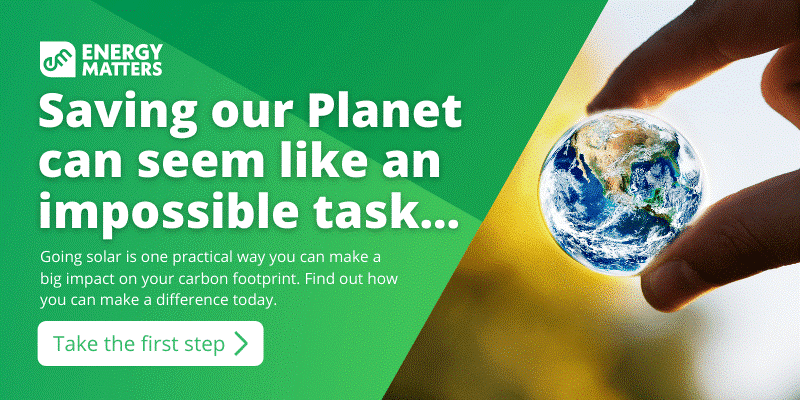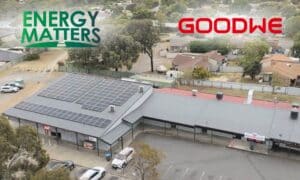On this page
Renewable technologies are becoming increasingly essential as we search for ways to minimise our dependence on fossil fuels and combat the effects of climate change. There’s no doubt that green energy sources are critical for our future.
Renewable energy comes from various natural resources, such as water, sun, wind, and geothermal heat. These energy resources can be replenished, so that they can be used repeatedly. This is what makes them a more sustainable option than traditional forms of energy sources from fossil fuels.
There are many different kinds of renewable energy, and today we will explore the seven primary types being used worldwide.
Types of renewable energy
Solar energy
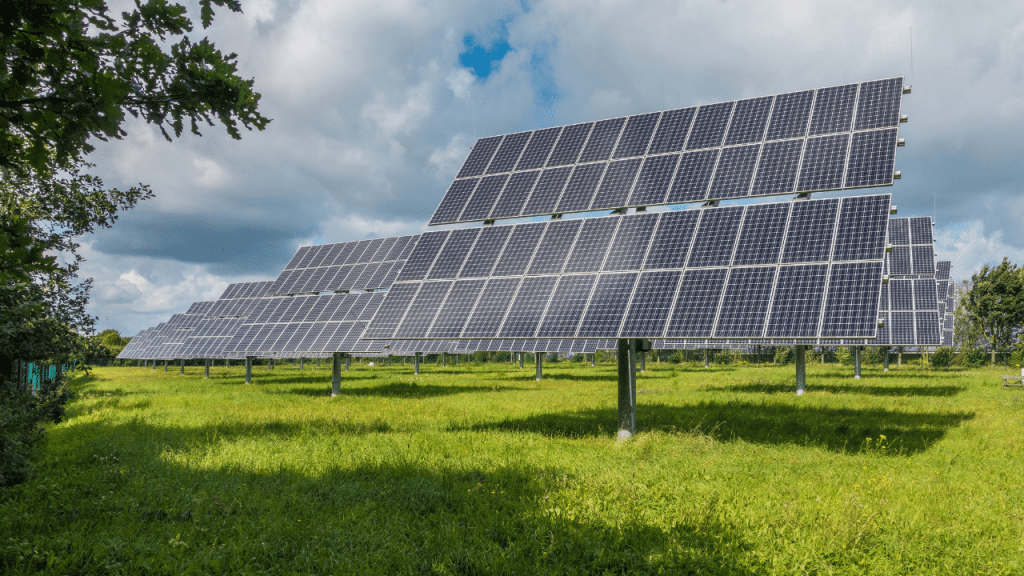
Solar power is a form of energy that comes from the sun. It is the most common and widely used renewable source. Solar power has been used for centuries, and it is becoming more popular as people become more aware of its benefits.
Is solar energy renewable or nonrenewable?
Solar energy is considered renewable in Australia because it is produced using sunlight, a naturally replenishable resource. Australia has some of the best solar energy resources in the world, with an average of 5.5 hours of sunshine per day.
However, there are some concerns about the long-term sustainability of solar energy. For example, producing solar panels requires energy and resources, and the panels have a finite lifespan. Additionally, solar panels can be difficult to recycle.
Despite these concerns, solar energy is Australia’s rapidly growing renewable energy source. In 2021 solar energy accounted for 12% of Australia’s total electricity generation. This growth is expected to continue in the coming years as solar panels become more efficient and affordable.
Overall, solar energy is a renewable energy source. However, there are some concerns about its long-term sustainability. These concerns are being addressed through research and development, and solar energy is expected to play an increasingly important role in Australia’s energy mix in the future.
Are you looking to save money on your electricity bills and reduce your carbon footprint? Solar energy is the perfect solution! Energy Matters can help you get up to 3 FREE quotes from pre-qualified and vetted solar firms in your area.
Energy Matters has been a leader in the renewable energy industry since 2005 and has helped over 40,000 Australian households in their journey to energy independence. With Energy Matters, you can be sure you’re getting the best possible deal on solar energy. We only work with reputable solar firms with a proven track record of delivering high-quality solar systems.
How does solar power work?
Solar power, also called photovoltaic (PV) electricity, is a renewable energy source that converts sunlight into electricity using semiconductors that capture light and convert it to direct current (DC). The DC travels through an inverter which changes it to alternating current (AC), which can be used in your home or business.
Benefits of solar power
- Solar panels don’t produce emissions and pollution.
- Solar power is low maintenance.
- Solar panels can reduce your electricity bills.
- Solar panels can boost the value of your property. If you ever decide to sell your property, solar panels can boost its resale value.
- Solar power is reliable. You can use it 24 hours a day, seven days a week, so you’ll never have to worry about unexpected power outages.
Wind power
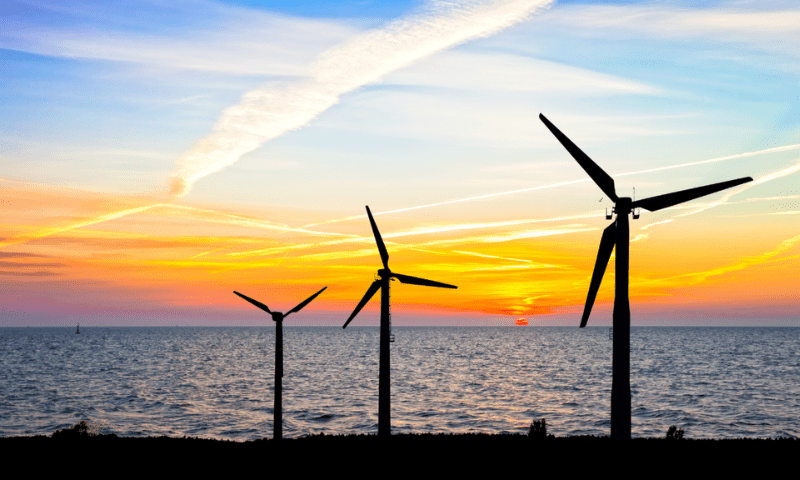
Wind power is a renewable energy that uses wind turbines to convert kinetic energy to electrical power. The Earth’s surface has a continual wind flow that can be harnessed using turbines. The process is called “wind turbine operation.”
How does wind energy work?
The sun heats the Earth unevenly, causing cooler air to sink and warm air to rise. The difference in air pressure is what causes the wind to blow. Wind turbines function by harnessing wind and converting it into electricity.
Wind turbines are composed of three main parts; generator, blades, and tower. The blades are designed to catch the wind. Then, converts the wind energy into electricity using the generator. The tower then supports the weight of both the generator and the blades.
The blowing wind then spins the blades of the turbine. This movement makes the shaft spin inside the generator. The generator is in charge of converting the mechanical energy into electricity. The same electricity that powers homes, properties, and even cities.
Benefits of wind energy
- Wind energy is a renewable resource. It does not produce harmful emissions.
- Wind energy is efficient and can capture a significant amount of energy, making it a reliable source for generating electricity.
- Wind energy is versatile and can power homes and businesses. It can also produce various forms of energy, including hydrogen.
- Wind power is becoming more and more attainable in terms of costs. The costs of generating wind energy have declined in recent years.
- Wind power plants create more jobs. The maintenance and construction of wind turbines open a significant number of jobs, making a positive impact on economies.
Hydro energy
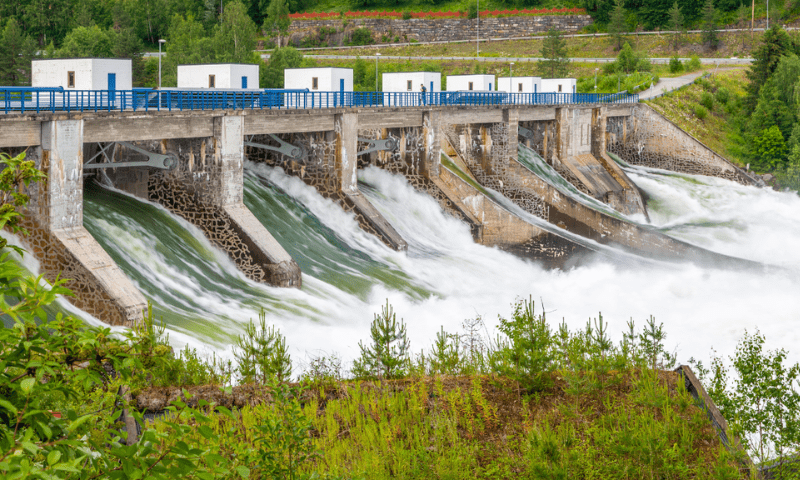
Hydro energy is another renewable energy that utilises water to produce power. It is one of the cleanest and most efficient energy sources available. Hydro energy has been used for many years for various types of machinery and power mills.
So how does hydro energy work?
There are different ways for hydro energy to generate electricity. The most common way is hydropower. Hydropower operates by using the force of running water to turn a turbine. The turbine is connected to the generator that is responsible for electricity production.
The electricity produced relies on the height of the water, the size of the turbine, as well as water’s flow rate. Hydropower plants must be located close to a source of moving water, such as waterfalls or rivers.
Benefits of hydro energy
- Hydro energy is an environmentally-friendly option for producing electricity.
- Hydro energy is an efficient way of generating electricity. Hydropower plants have a high capacity that can deliver a large amount of electricity corresponding to their size.
- Hydro energy can generate electricity in both small and large-scale settings.
- Hydropower plants are a reliable option as they can operate for long periods of time without disruption.
- Hydro energy is an affordable option, making it an excellent option for companies and homeowners. The initial investment can be quite expensive, but the operating costs are relatively manageable.
Tidal energy
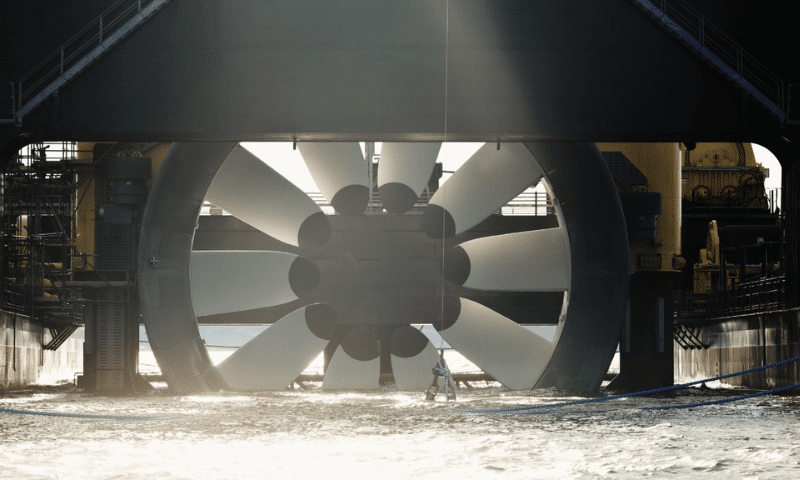
Tidal energy is a form of hydropower that converts the potential in water to electricity. It has been used for centuries to grind grain and pump water from low-lying land into fields. Today, it’s being harnessed as an alternative source of renewable power.
How does tidal energy work?
Tidal energy is produced by utilising the force of ocean tides. The gravitational pull of the sun and the moon causes tides and water to flow in and out of coastal areas. Tidal barrage energy and tidal stream energy are the two main types of tidal energy.
The process of tidal stream energy includes placing turbines in areas with powerful tidal currents. Moving water powers the turbines, which then generate electricity. Tidal barrage energy, on the other hand, is a process of damming a section of a coastline, releasing water through turbines.
Benefits of tidal energy
- Tidal energy is powerful and can generate a lot of electricity. This makes it an excellent renewable option for large-scale power generation.
- Tidal turbines can capture up to 80% of energy in the tides, making them an efficient source of power.
- Tidal power plants can be scaled up or down in order to meet energy demands.
- Tidal power plants are safe since they are built offshore, far from populated areas.
- Tidal power plants open up jobs during their construction phase, maintenance needs, and operation.
Geothermal energy
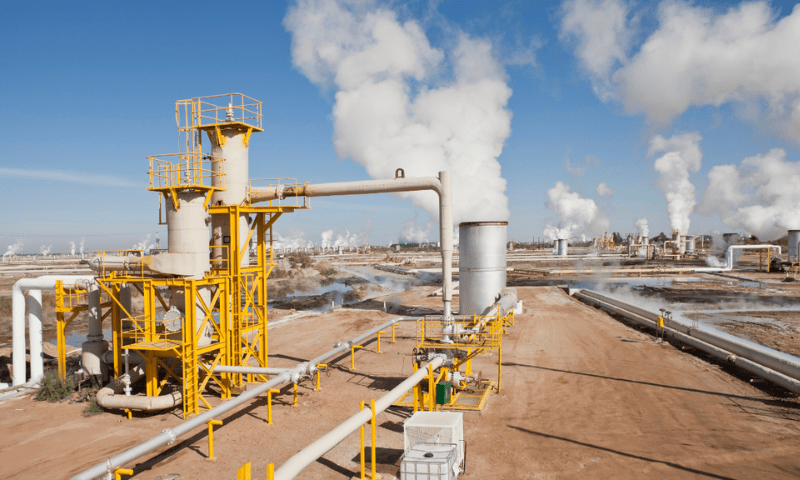
Geothermal energy is stored and generated from our Earth’s surface. This energy is used for many purposes; and this includes heating our homes, generating electricity, as well as cooling buildings.
How does geothermal energy work?
The heat used in producing geothermal energy is from Earth’s hot rock, and fluid-filled cracks called reservoirs. When steam or water is supplied in these reservoirs, the hot rocks heat it and return it to the surface as hot water or high-pressure steam. The steam or hot water is used to power turbines, which create electricity.
There are two types of geothermal energy – dry steam and wet steam. Dry steam is created by drilling into the Earth’s surface, collecting in natural reservoirs called fumaroles. Wet steam is created when water seeps down through cracks in the Earth’s surface and heats up before coming back up again as boiling water.
Benefits of geothermal energy
- Geothermal energy doesn’t produce waste products or any harmful emissions.
- Geothermal energy is used to cool or heat a property, delivering a comfortable space while saving money on electric bills.
- Geothermal energy, unlike other forms of green energy like wind and solar, is not dependent on the weather. This means you can rely fully upon geothermal resources, regardless if the wind isn’t blowing or the sun isn’t showing.
- Geothermal energy is affordable. The investment for geothermal installation may be high but can be offset by you can save on your energy bills.
Biomass energy
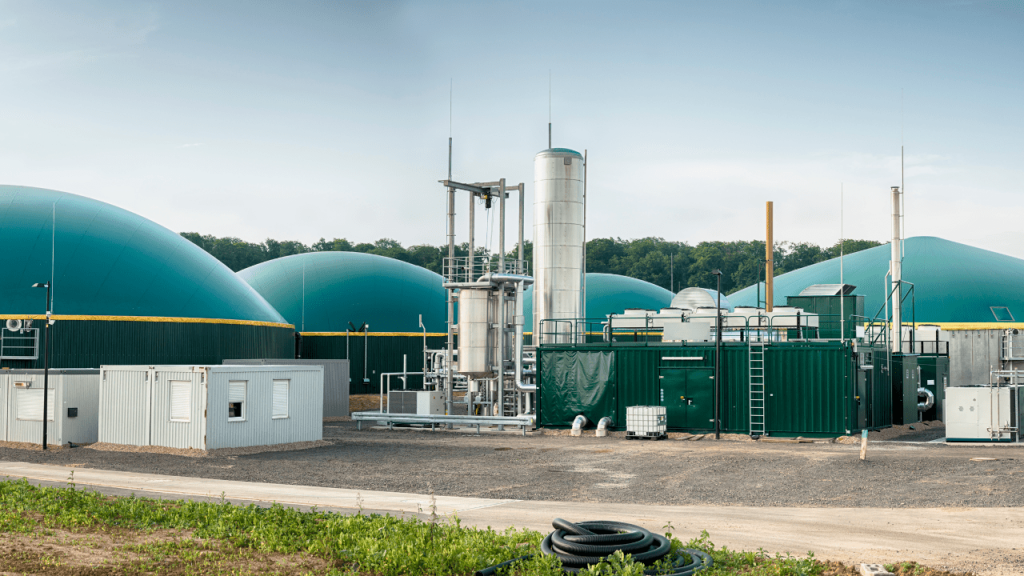
Burning biomass is a carbon-neutral process that does not release carbon dioxide into the atmosphere. Biomass energy can reduce greenhouse gas emissions by minimising our dependence on fossil fuels.
How does biomass energy work?
Biomass is a renewable and sustainable form of energy that comes from organic materials. The different types of biomass are wood, agricultural waste, animal manure, and municipal solid waste. Biomass can be used for heat or electricity generation in power plants. The burned organic materials release energy in the form of heat. The generated heat is used to power industrial processes and generate electricity. Biomass energy can also produce transportation fuels, such as biodiesel and ethanol.
Benefits of biomass energy
- Biomass energy creates jobs. Production of biomass energy opens up employment in the industries of forestry and agriculture, thus supporting local communities.
- Biomass energy reduces greenhouse gases, as well as improves soil quality.
- Biomass energy reduces smog and air pollution. It is also an excellent way to minimize your carbon footprint.
- Biomass energy is also a much cheaper option compared to solar and wind power.
Hydrogen energy
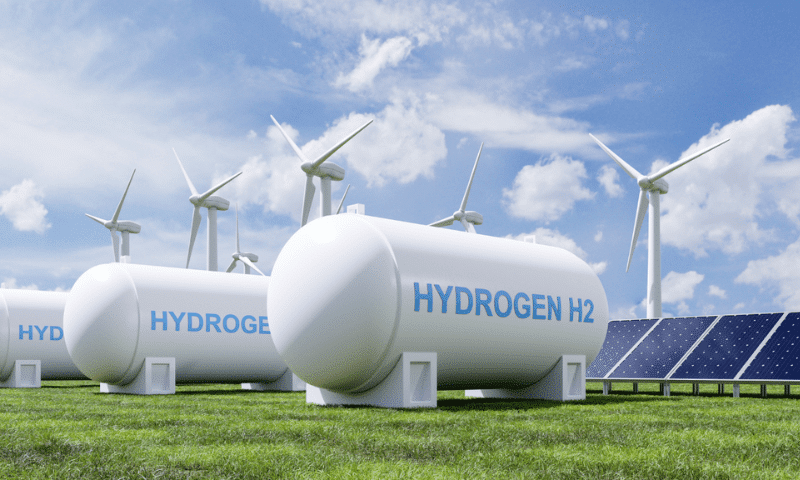
Hydrogen is the simplest and most abundant element in the universe. It’s also a clean, renewable source that can power our world without polluting it. There are three different types of hydrogen energy.
- Electrolysis: This process uses electricity to break down water into its parts – hydrogen and oxygen gas.
- Thermochemical: involves the use of heat from natural gas or coal to produce hydrogen through a chemical reaction with steam.
- Biological: converting organic matter like corn stalks or algae into hydrogen using bacteria in an oxygen-free environment.
How does hydrogen energy work?
Hydrogen energy is generated when water is broken down into its component parts – oxygen and hydrogen. The process is done through electrolysis, which uses electricity to divide the two elements. Hydrogen energy is a sustainable option that is growing in popularity worldwide. It is used to power cars, buses, and other types of vehicles.
Benefits of hydrogen energy
- Hydrogen energy is renewable, meaning it can be used over and over again.
- Hydrogen energy doesn’t generate harmful emissions.
- Hydrogen plants are non-polluting and operate quietly, making them an ideal option in urban areas.
- Hydrogen fuel cells can convert up to 60% of the chemical energy to electrical energy.
Renewable Energy is the Future
The future of renewable energy is shining and is developing at an exponential rate. We can expect to witness more and more renewable energy options and even enjoy their benefits. This is excellent news for our economy, environment, and most especially, our future.
Is solar energy suitable for your business?
Is solar energy suitable for your business? Solar energy has numerous advantages that are worth investigating. Investing in solar will minimise your operational costs, reduce your company’s carbon footprint, and prepare it for the future. A commercial property with a solar installation is excellent for business.
When installing commercial solar for a company, it is crucial to be informed of all types of federal government solar rebates, incentives and the many benefits these provide, as they may help Australian businesses become future-ready and sustainable for years to come.
Contact us today for up to 3 FREE quotations from commercial solar firms we’ve pre-qualified and vetted for their track record of delivering Australia’s best business solar systems.









